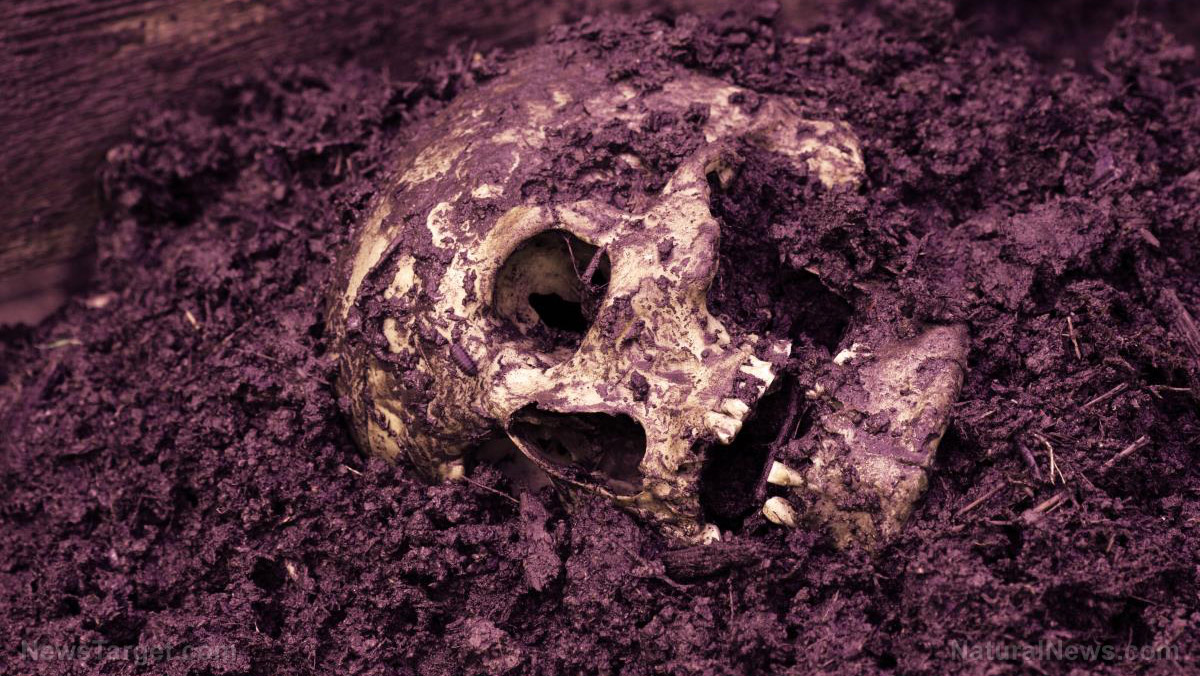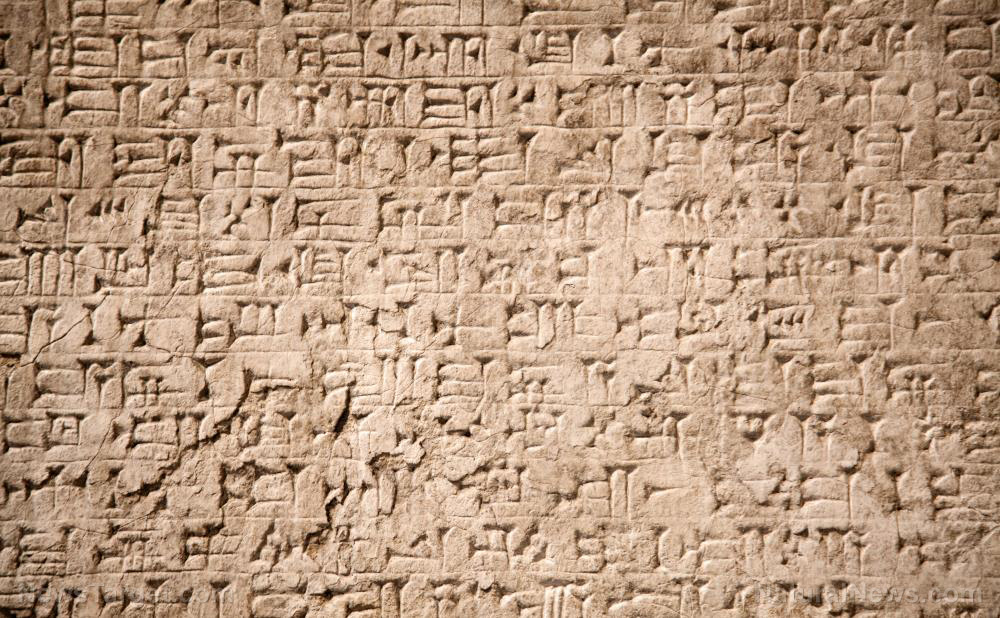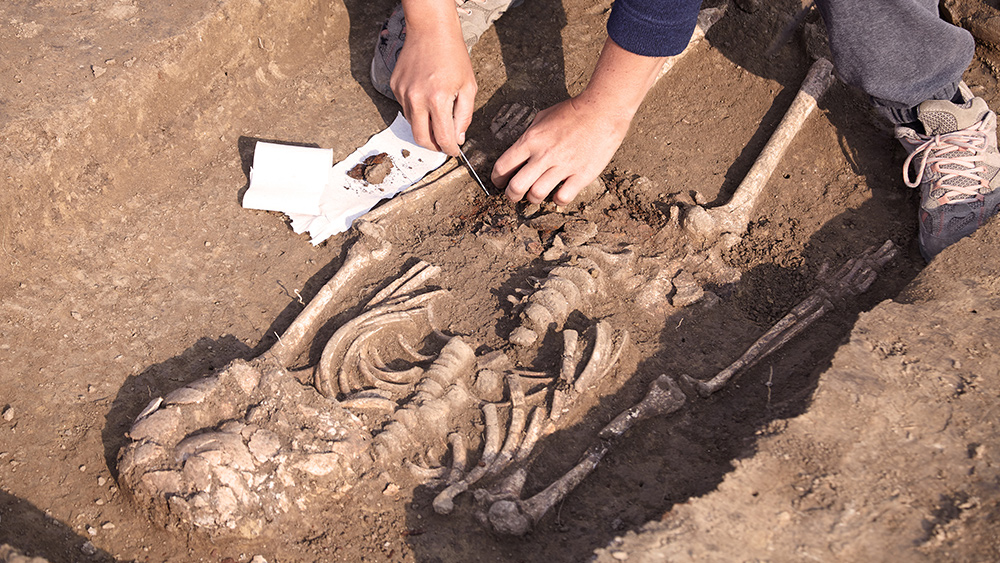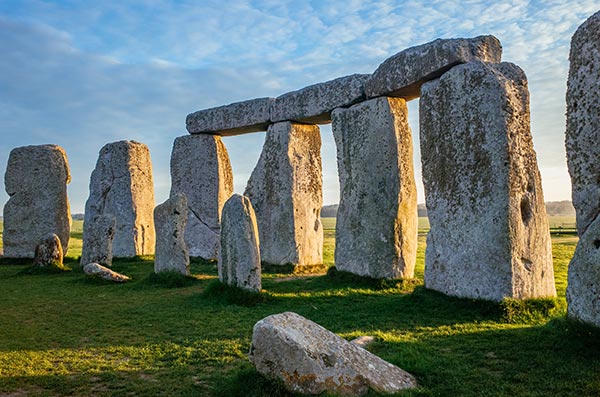Researchers discover what may be the largest land drawings ever made
07/30/2021 / By Virgilio Marin

French researchers have discovered a network of land drawings in India’s Thar Desert that they claim is the largest artifact of its kind worldwide. The network contains drawings that include four spiral patterns etched into a 20-hectare area of land near the village of Boha.
Carlo and Yohann Oetheimer, a father-and-son independent research duo from France, discovered the artifacts after examining Google Earth images of the desert. The researchers found eight possible archaeological sites with geoglyphs, or giant handmade patterns built upon or carved into the land.
The pair then flew a drone over the region in 2016 and found that the etchings in seven of the sites were actually just furrows dug for tree plantations. But a site near Boha featured a network of distinct symbols made of 20-inch-wide lines of varying length and complexity. The Oetheimers surmised that the symbols were created by scraping sand and silt.
At the center of the network was a figure that measured 2,374 feet long and 650 feet wide. It was made of a single, coiled line that was around seven and a half miles long.
Southwest of this mega-spiral was another line drawing that repeatedly bent back on itself to form a grid of parallel lines. A pair of small geoglyphs also abutted the mega-spiral but both of these were heavily eroded.
Peru also has line drawings etched into its soil. Called the Nazca lines, these drawings number up to 300 and, together, cover an area bigger than that occupied by the Indian artifacts. But they are much smaller individually, with the longest Nazca line measuring 2.7 miles long. (Related: Ancient art: Scientists discover 143 new Nazca line drawings previously hidden in Peru.)
“After extensive research, we consider the Boha geoglyphs to be the largest abstract and organically arranged man-made geometric figures discovered so far,” the Otheimers said.
The pair also found three Hindu memorial stones at key points, suggesting that the geoglyphs’ creators had knowledge of mathematics and planimetry (the measurement of plane areas). The researchers posited that the lines might be at least 150 years old and were possibly linked to the memorial stones around them.
Daniela Valenzuela, an assistant professor of archaeology at the University of Tarapaca in Chile, who was not affiliated with the Oetheimers, said that the study on the newfound geoglyphs was convincing even though it was carried out by independent researchers.
Geoglyphs in India might have served an unknown type of cultural practice
The Oetheimers said that it was unlikely the drawings were intended as a form of artistic expression that was contemplated from the ground. They explained that the drawings’ makers could not take in their creations since the region was flat. Instead, the pair posited that the making of the geoglyphs might have served as an unknown type of cultural practice.
“[This] invites us to consider religious, astronomical, and/or cosmological meanings,” the researchers wrote. “Because of their uniqueness, we can speculate that they could represent a commemoration of an exceptional celestial event observed locally.”
Valenzuela also surmised that the geoglyphs were not intended for viewing since the geoglyphs were not visible from the ground. Instead, she opined that they were made for the sake of “the act of creation.”
Carlo Oetheimer told Daily Mail that they need to visit India in the near future to complete their research and conduct radiocarbon dating. He said that this future endeavor could provide crucial insights into why the drawings were made.
The Oetheimers detailed their findings in a paper, which was due to be published in the September issue of the journal Archaeological Research in Asia.
Visit Artifacts.news for more about fascinating archaeological discoveries.
Sources include:
Tagged Under: ancient art, ancient history, archaeological sites, Archaeology, artifacts, discoveries, geoglyphs, India, Nazca line drawings, real history, research, Unexplained
RECENT NEWS & ARTICLES
COPYRIGHT © 2018 REALHISTORY.NEWS
All content posted on this site is protected under Free Speech. RealHistory.news is not responsible for content written by contributing authors. The information on this site is provided for educational and entertainment purposes only. It is not intended as a substitute for professional advice of any kind. RealHistory.news assumes no responsibility for the use or misuse of this material. All trademarks, registered trademarks and service marks mentioned on this site are the property of their respective owners.




















